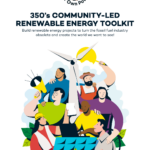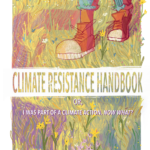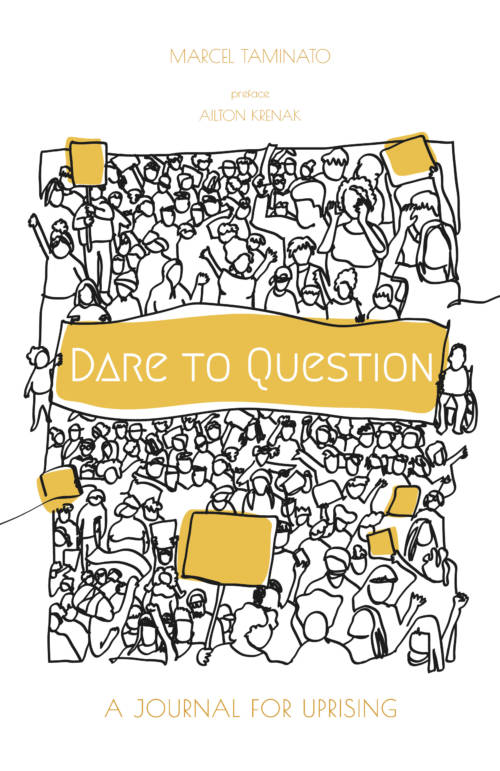How to lead the exercise:
Place a blanket on the floor. Have the group stand on the blanket. (Choose an appropriately sized blanket so that people are only slightly packed, without huge spaces between them. If the blanket is too small this activity is too difficult; if the blanket is too large, you can try again with the blanket folded in half.)
Explain the group challenge: The group must flip the blanket over completely, without anyone stepping off the blanket. No one may leave the blanket, lean on walls or use any other props. (Just for safety, no standing on each other’s shoulders.) If someone steps off the blanket, the group will have to start over again.
Once the group completes the task successfully, help the group reflect. Ask for immediate reactions or feelings. Focus the group on questions like: What was the goal? What were the specific tactics that you used? What was the strategy? How did you make decisions?
In this case, the goal – flip the blanket over – was given by the facilitator. The strategy was the method devised to achieve the goal (twisting the blanket, getting onto one half and flipping, etc.) and the tactics were the particular ways the group implemented the strategy.
Offer definitions or explanations as they would be helpful:
- Vision: the way we think the world should be. Visions are big-picture, transformative, compelling, and deep. For example: We envision a Canada where First Nations have the right to say “no” to industrial activity on their land.
- Campaign goal: a specific outcome that is a step towards our vision. For example: End unwanted logging by Weyerhaeuser on the territory of the Grassy Narrows First Nation.
- Campaign strategy: our plan to get from where we’re at now to our campaign goal in a way that reflects our vision and values. For example: A plan for a series of tactics to put economic pressure on Weyerhaeuser until it stops cutting down forest.
- Tactic: an action taken to execute our strategy. For example: Protest outside a store that purchases Weyerhaeuser materials to encourage it to boycott them
(examples adapted from Ruckus.org)
You can define these in your own words, using examples from the group’s work, or from issues they are familiar with. Encourage the group to use those definitions in their own work.



